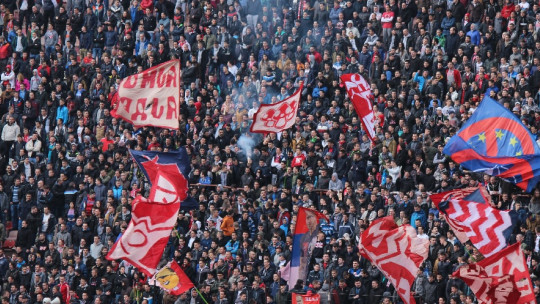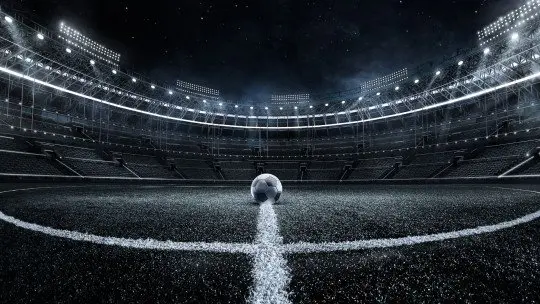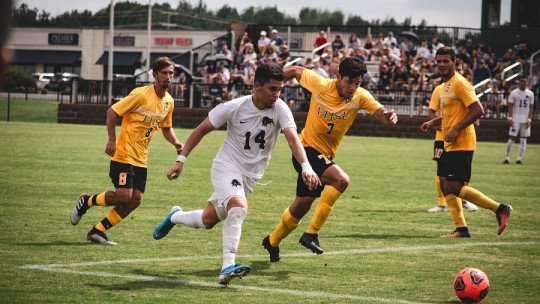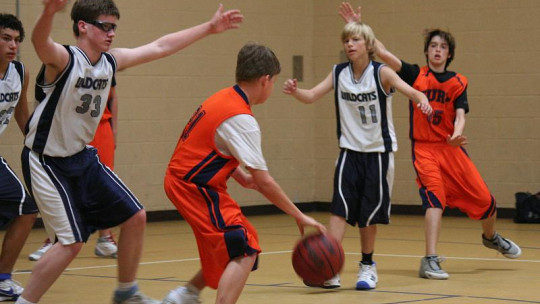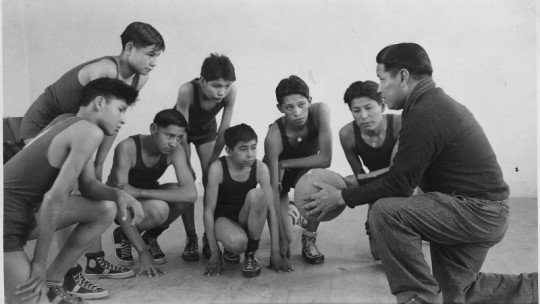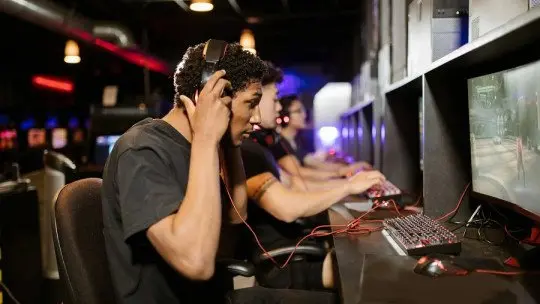Managing a group is always a complicated task, but the difficulty increases as the age of the group in question decreases. In football or sports in general, we see every weekend that a recurring resource of coaches towards this end is usually yelling; not only to transmit instructions, but also to correct, motivate… Now, shout at teams of soccer players in formation Is it motivating? Is it ethical? It is effective?
The culture of shouting in football
It is true that, in football, there is a certain “culture of shouting”, that is, that The players themselves often demand this character from the coach to be focused or motivated. However, yelling, by itself, does not have to have any effect on anyone’s motivation from a biological point of view, but, if anything, quite the opposite (no one likes to be yelled at). Therefore, the relationship between motivation (or intensity, or concentration) and shouting would be learned.
Either way, that shouting culture does not seem to be accessible to any player There are individual differences between all people, and also between children. Thus, we can find introverted children and extraverted children. The main difference between the two is the base physiological activation.
For this reason, extraverts, with low base physiological activity, usually seek situations involving high sensory stimulation , which provide them with that amount of activation that their body lacks. Thus, they tend to have a higher tendency to take risk, a greater tendency to seek new sensations (travelling, trying new restaurants, meeting new people), a preference for loud music, a tolerance for disorder, conflict…
However, introverted people are at the opposite pole, with a high base activation and, therefore, external stimulation can collapse them, which is why They tend to prefer controlled, predictable environments and tend to avoid potentially stressful situations.
The differences between introversion and extraversion
It should be noted that the examples presented here to define both behavioral tendencies are simplifications that have the objective of facilitating the understanding of the concepts, but that personality is made up of many more factors that all interact with each other.
In any case, given this individual differentiation between people, we can infer that the same will occur among athletes, and in young athletes. Soccer, as a team sport that is , should attract the attention of extraverts, and that’s how we usually find it. However, if we analyze the different categories of grassroots football (from lollipop to youth) we see how we can find greater heterogeneity among the youngest, and a high tendency towards extraversion among the elderly.
We could argue that this is because, when boys and girls reach a certain age, they begin to choose their preferred extracurricular activities for themselves, thus manifesting their introverted “phenotype”… but there could be more.
If we look at the generality, normally Only a minority of introverted players who join a youth team usually have notable performance within your own team. In the elite, we find Zidane, Messi, Iniesta… exceptional players, with this profile of introversion.
Don’t hinder talent
We might think that, in their training process, these players already stood out at an early age, performing at high levels for their age and making fewer mistakes. Therefore, it is possible that these introverted players received less shouting and, therefore, their physiological activation was not exceeded, and attending training did not generate rejection or discomfort.
If this were so, we could be faced with a natural selection of extroverts in football and grassroots sports, who would not mind a little stimulation in the form of shouting, coming up against the hackneyed argument of “if you can’t stand being shouted at, you won’t. It’s fine for football”, but what happens to the introverts who fall by the wayside? Could we be classifying the potential talent of great athletes ahead of time? Do they deserve to lose the multiple benefits that sports practice brings for their physical, mental and social growth?
We still need to investigate the scientific literature to debate whether shouting has a motivating effect on players, but what we do know today is that there are alternative motivational and communicative techniques that, perhaps, allow us to better adapt to the differences. of our players, and that, ultimately, is group management.

